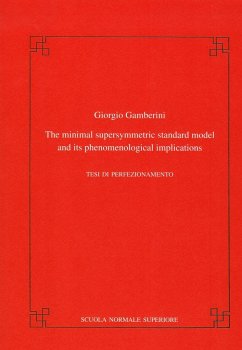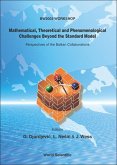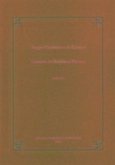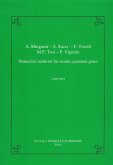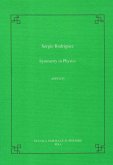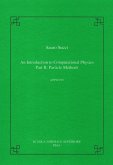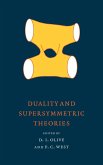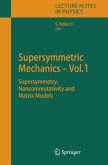A way to solve the naturalness problem of the Higgs mass arising from the standard model is to introduce a new symmetry: the supersymmetry. Supersymmetry predicts, along with every particle, its supersymmetric counterpart, which has the same internal quantum numbers, the same mass (if supersymmetry is not broken) and an intrinsic angular momentum differing by half a unity from the first one. Phenomenologically it is evident that if supersymmetry does exist, it is broken. Nowadays it seems that the more realistic and phenomenologically acceptable models of supersymmetry are the minimal N=1 supergravity models. The purpose of this thesis is to study the various experimental possibilities of testing the Minimal Supersymmetric Standard Model (MSSM). Altough the MSSM is only a particular model along a wide class of possible supersymmetric extensions of the standard model, it is considered here because of its simplicity which entails strong and definite phenomenological predictions. We will show that the MSSM can indeed be fully tested in the next high-energy experiments.
Hinweis: Dieser Artikel kann nur an eine deutsche Lieferadresse ausgeliefert werden.
Hinweis: Dieser Artikel kann nur an eine deutsche Lieferadresse ausgeliefert werden.

